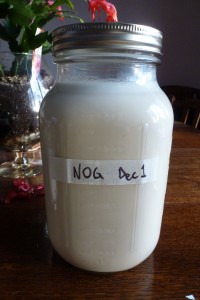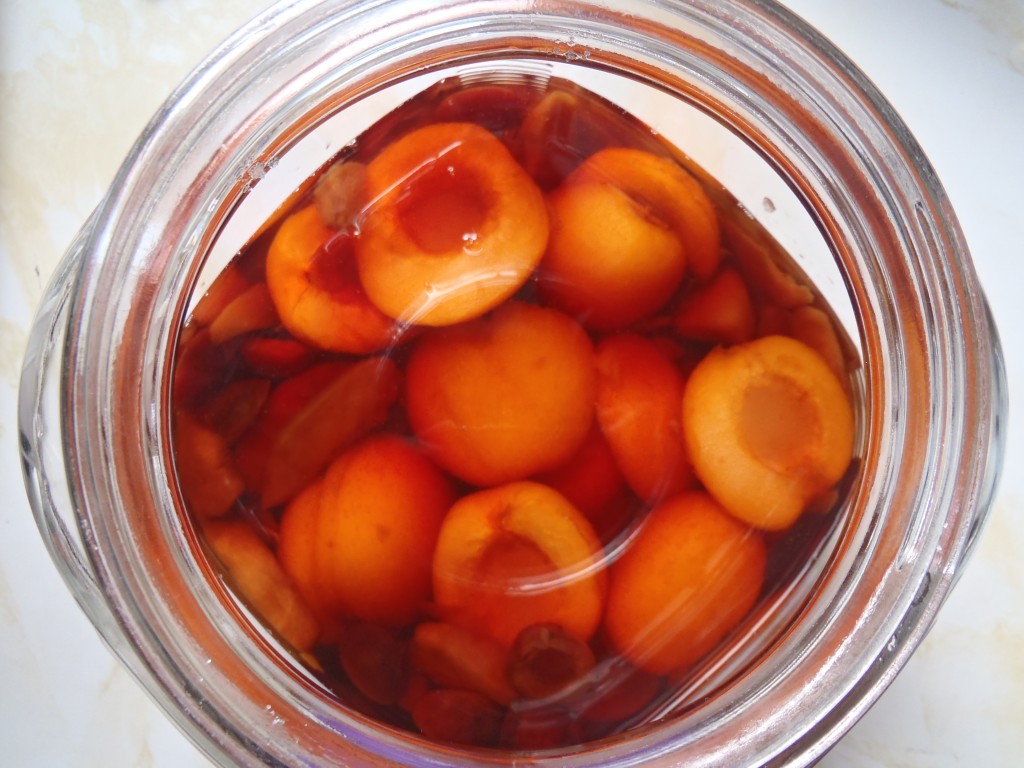I could hear it coming, rustling softly through the coffee trees, stirring the monkeypods, and sighing through the sugar cane.
 For no reason besides my own creative enjoyment I am developing a set of Hawaiian-themed cocktails.
For no reason besides my own creative enjoyment I am developing a set of Hawaiian-themed cocktails.
From the start I knew that one of my Hawaiian cocktails was going feature coffee, and it didn’t take long to settle on the other components, all classic Hawaiian flavours that pair well with java: dark rum, macadamia nut, and orange.
Kona is a city and region on the western, leeward side of the big island. For many it has the perfect weather: warm days, cool nights, infrequent rains, and a nearly constant, gentle breeze. There is a lengthy description of Kona’s balmy … Continue reading.

 I know I already posted today, but I wanted to quickly tell you about some cutting-edge developments in the composition and aging of the 2012
I know I already posted today, but I wanted to quickly tell you about some cutting-edge developments in the composition and aging of the 2012 